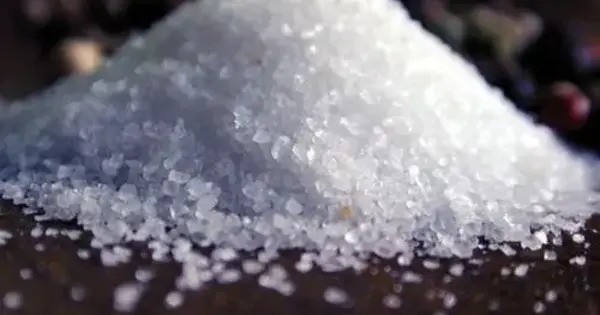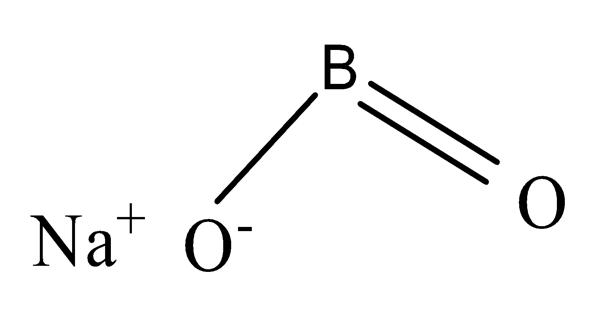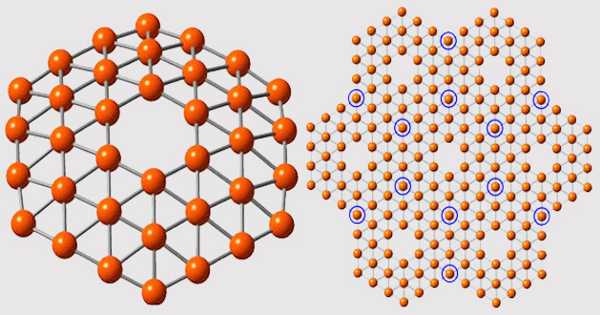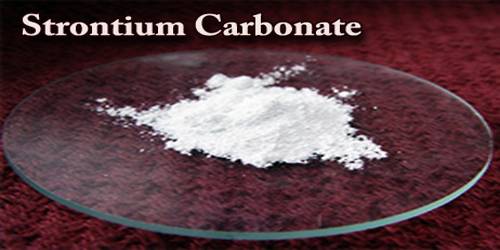Silver acetate is a coordination compound with the empirical formula CH3CO2Ag (or AgC2H3O2). It is a white solid that is soluble in water and various organic solvents. Silver acetate is typically used in the synthesis of other silver compounds and as a precursor in organic chemistry reactions. A photosensitive, white, crystalline solid, it is a useful reagent in the laboratory as a source of silver ions lacking an oxidizing anion.
Properties
- Chemical formula: AgC2H3O2
- Molar mass: 166.912 g/mol
- Appearance: white to slightly grayish powder, slightly acidic odor
- Density: 3.26 g/cm3, solid
- Melting point: 220 °C (428 °F; 493 K) (decomposes)
- Solubility in water: 1.02 g/100 mL(20 °C)
Synthesis and structure
Silver acetate can be synthesized by the reaction of acetic acid and silver carbonate.
2 CH3CO2H + Ag2CO3 → 2 AgO2CCH3 + H2O + CO2
Solid silver acetate precipitates upon concentration of solutions of silver nitrate and sodium acetate.
The structure of silver acetate consists of 8-membered Ag2O4C2 rings formed by a pair of acetate ligands bridging a pair of silver centres.
Preparation
Silver acetate is commonly synthesized by reacting silver nitrate (AgNO₃) with sodium acetate (NaOAc) in an aqueous solution:
AgNO3(𝑎𝑞)+NaOAc(𝑎𝑞)→AgOAc(𝑎𝑞)+NaNO3(𝑎𝑞)
This reaction produces silver acetate as a precipitate.
Applications
- Organic Synthesis: Silver acetate is sometimes used as a reagent in organic chemistry for various transformations, such as in the preparation of esters or in nucleophilic substitution reactions.
- Electroplating: In some electrochemical processes, silver acetate can be used as a source of silver ions.
- Catalysis: It has been investigated for use as a catalyst in organic reactions.
- Silver-based Compounds: It serves as a precursor for the production of other silver compounds.
Safety
The LD50 of silver acetate in mice is 36.7 mg/kg. Low doses of silver acetate in mice produced hyper-excitability, ataxia, central nervous system depression, labored breathing, and even death. The U.S. FDA recommends that silver acetate intake be limited to 756 mg over a short period of time; excessive intake may cause argyria.
Silver acetate is generally safe to handle under typical laboratory conditions. However, as with most silver compounds, care should be taken to avoid inhalation, ingestion, or prolonged skin exposure. In case of contact, wash with plenty of water. Like other silver salts, it should be disposed of properly to avoid environmental contamination, especially in aquatic environments, where silver ions can be toxic to aquatic life.
















